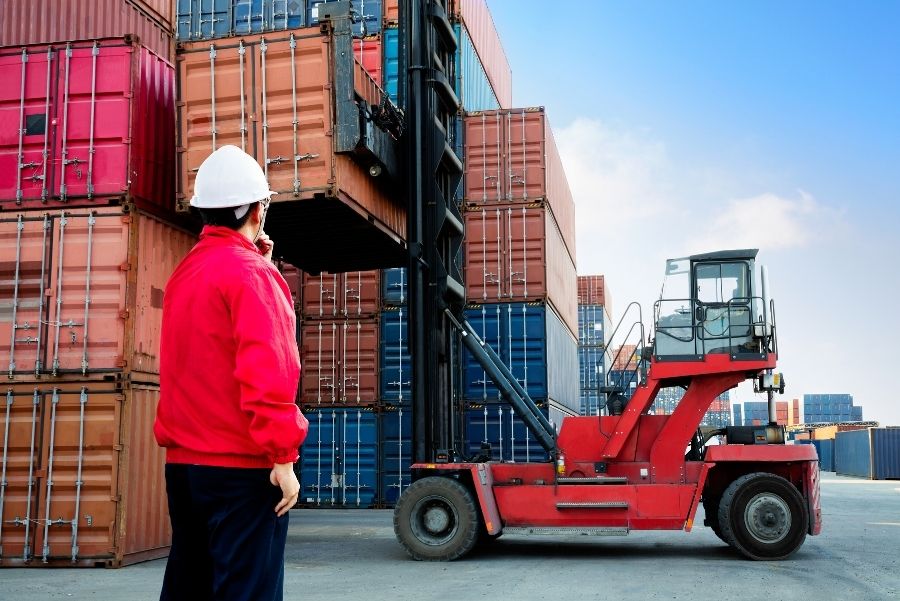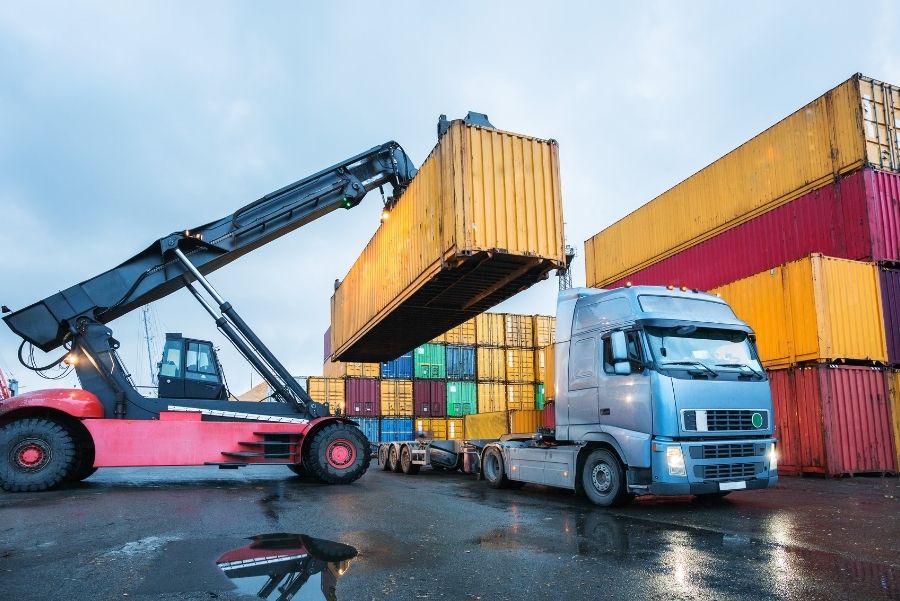There are so many kinds of goods that the list is endless. They all probably managed to make their way to you, the consumer, through an economical process. It involves production and processing, and then there is delivery or distribution before the consumption. Whatever transportation method, what you get in the end can be divided into a few subcategories. They are as follows:

- Container Stuff: This includes various things as children’s playthings, television sets, digital video discs, textiles and fashion items, frozen meat and, last but not least, laptops. The products suit large containers in which they are carried. Via efficacious packing, these goods can be shipped in bulk over large distances. The container’s metallic base, sides and top seal the interests and protect them from the weather no matter how hot or cold it may get. The boxes have standard sizes, and they may be shipped or carried aboard freight trains. The containers are fridge containers, those which can fold and those open from the top.
- Liquid Excess: The range of liquid items vary from oil to petrol to veggie oils and even the occasional bottle of alcoholic liquor. Other examples are LPG and LNG, chemical products such as ammonia, chlorine, molasses and citric acid. Either huge tankers get the job done, or it is a case of pipelines conveying the cargo.
- Dry Products: These include within their purview whole grains, charcoal, iron, concrete cement, gravel stones, white sugar, iodized salt, baker’s yeast and desert or beach sand. The means of transportation may be a lorry, ship or even a wagon.
- Other Paraphernalia: Among these, you could count on A4 paper sheets, wooden raw materials, cocoa powder, corrugated steel and spare parts of wind turbines. This stuff can pack chock-a-block in crates or racks that fit into each other. Since some of these things are fragile, TLC is the word.
- Roll-On/Roll-Off Consumer Durables: It’s all in the name. It can be driven from one place to another. Automobiles, greyhound buses, huge trucks, heavy-duty farm equipment and construction cranes enter the equation. Some of the RO/RO vehicles in a single batch may number in the thousands. Large trailers are used to transport some of the cars and sundry vehicles.
- Passenger Cargo: This consists of a seafaring vessel aboard which human beings travel from one place to another.
- Project Cargo: Cumbersome equipment used in a top-secret project or governmental plan is shipped via project cargo.
- Fridge Cargo: Among the food items are those which spoil and rot quickly. Fresh fruits and vegetables, frozen meat, salted fish, dairy items and other perishable edibles come under the heading.

These are the various means of transportation by which cargo can reach its destination. Cargo is being delivered in a fast and efficient way to your Canberra decks. The global economy is a digital one today, and it is fast evolving into a sort of Internet of Things (IoT). In such a case, especially with the Coronavirus Pandemic wreaking havoc, quarantine may require that you leave the complicated jobs to the experts. In the West, automation has replaced the working class, and now advanced robots are all set to do the middle classes’ work. It may set off alarm bells where people see themselves losing jobs. Yet in fact, such is hardly so. We will survive the odds and emerge even more vital. As for economics, it will continue to evolve into a hard science with time.